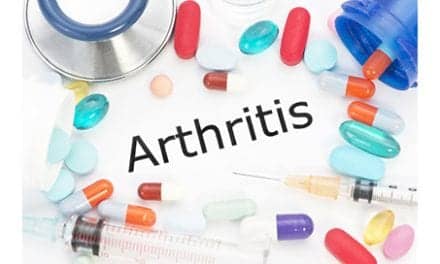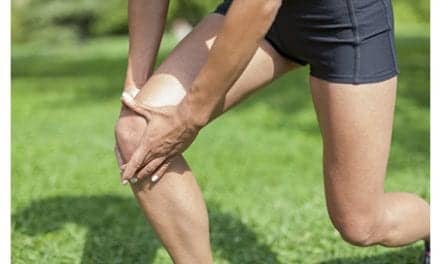Articular cartilage degeneration may indicate the possibility of osteoarthritis development after a knee injury, suggests researchers in Scientific Reports.
According to a study from the University of Eastern Finland and Massachusetts Institute of Technology, articular cartilage degenerates specifically around injury areas when the fluid flow velocity becomes excessive.
The study presents a new mechanobiological model for cartilage degeneration by implementing tissue deformation and fluid flow as mechanisms for cartilage breakdown when a normal dynamic loading, such as walking, is applied to the joint.
The results were compared to experimentally observed degradation of articular cartilage. Ultimately, the new model could be used to predict osteoarthritis in personal medicine, to suggest optimal rehabilitation protocols, and to improve the quality of life, explains a media release from University of Eastern Finland.
The researchers found that different mechanisms, such as fluid flow and tissue deformation, can cause cartilage degradation after a knee injury. The results obtained using the novel algorithm agreed well with the experimentally observed proteoglycan content and cell death in cartilage samples.
According to the researchers, a numerical analysis shows that both fluid flow and tissue deformation are plausible mechanisms leading to osteoarthritis, but increased fluid flow from cartilage seems to be better in line with the experiments, the release continues.
“Our findings indicate that after an injury in the knee and subsequent tissue loading, osteoarthritis is caused by easy leakage of proteoglycans through the injury surface by high fluid outflow,” says Early Stage Researcher Gustavo A. Orozco from the University of Eastern Finland.
The researchers suggest that the findings could open up new avenues for the model to be employed in the prediction of subject-specific progression of post-traumatic osteoarthritis, and in the evaluation of the effect of clinical interventions in the future. Specifically, the model could identify high and low-risk lesions in the cartilage for osteoarthritis development and suggest an optimal and individual rehabilitation protocol, per the release.
[Source(s): University of Eastern Finland, EurekAlert]





